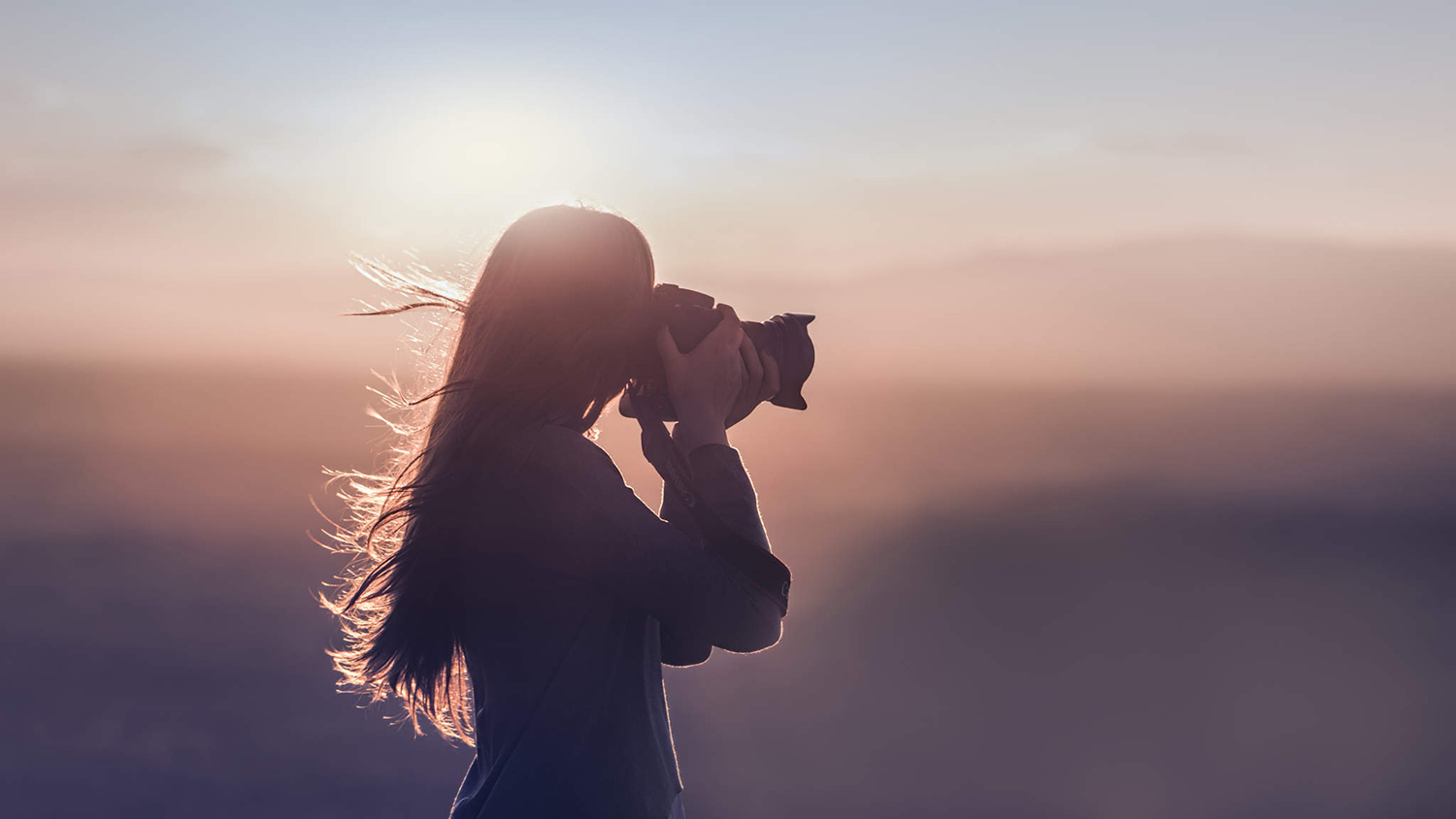Photography is the favorite hobby of millions of people. There is a certain kind of fulfillment when capturing images that tell a story. It may have something to do with freezing an event in time that somehow becomes a permanent part of history. Speaking of which, not too many people into photography know about their hobby’s origins. Here is a brief history of photography.
Photography has its roots in ancient times when two principles were discovered: the camera obscura, which meant a darkened chamber, and that the visible appearance of some substances can be altered when exposed to light. One of the most mysterious and surprising things about this is that it took centuries before Thomas Wedgwood thought of combining these two principles in 1800. His was the first documented attempt at a capture camera. It failed though.
 |
Image source: illbefamous.wordpress.com
|
Some 20 years after Wedgwood’s attempt, a man by the name of Nicephore Niepce succeeded in capturing the first image, which though very crude, was considered a huge success. It was Niepce’s associate Louis Daguerre who went on to invent the daguerreotype process, which sped up and boosted the quality of image production.
 |
| Image source: iso.500px.com |
Over the next century, photography would experience milestone after milestone from William Henry Fox Talbot’s calotype negatives to salt print processes, to the invention of new materials, that all made the whole photography process faster. Before people knew it, the mid-20th century brought forth photographs in natural color and black and white.
Hi! I’m Judd Bergman, a retired photographer and a big New York Yankees fan. Follow this blog for more photography insights.










